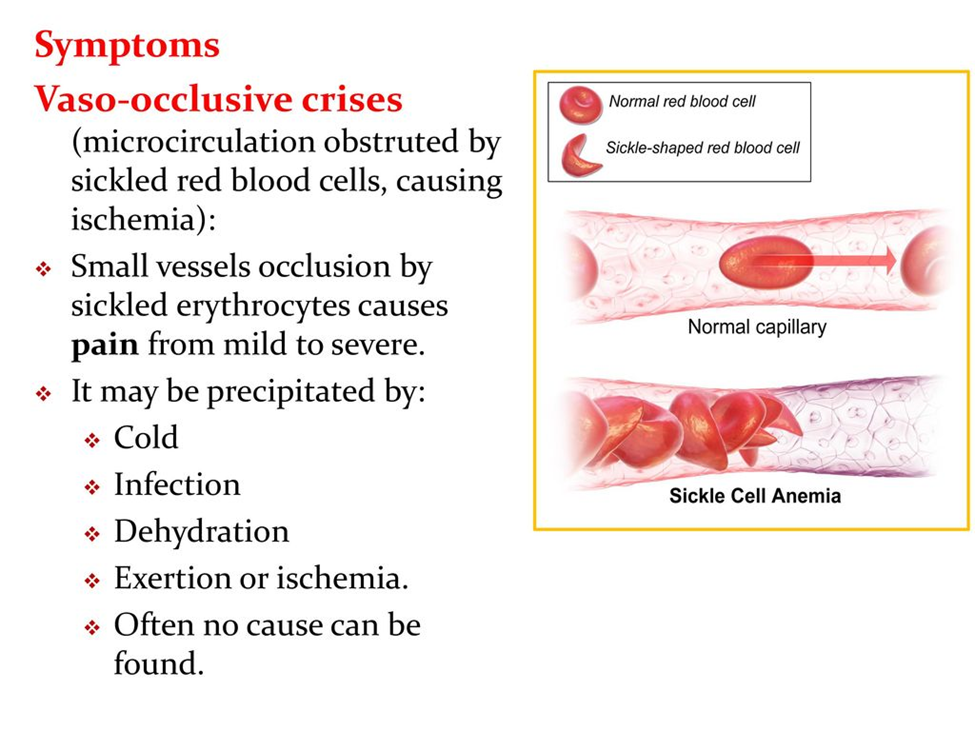A nurse is preparing an educational program about death and dying for the guardians of children who have a terminal illness. Which of the following information should the nurse include?
Preschoolers believe their illness is punishment for their misbehavior.
Preschoolers are interested in what happens to the body after death.
Adolescents worry more about death than the physical changes that can occur as a result of the illness.
Toddlers personify death as being a type of monster.
The Correct Answer is A
A. Preschoolers believe their illness is punishment for their misbehavior: This statement is true. Preschool-aged children often have a limited understanding of illness and may associate it with punishment. They might think that their illness is a consequence of something they did wrong. As a nurse, it’s essential to address these misconceptions and provide age-appropriate explanations to help them understand their condition better.
B. Preschoolers are interested in what happens to the body after death: Preschoolers may have curiosity about death and what happens afterward, but their understanding is typically limited. They may ask simple questions about death and may need age-appropriate explanations about the concept. Providing information in a sensitive and honest manner can help address their curiosity and alleviate fears.
C. Adolescents worry more about death than the physical changes that can occur as a result of the illness: Adolescents facing terminal illness may have complex emotions and concerns about both death and the physical changes associated with their illness. It's important to acknowledge and address both aspects of their experience, providing opportunities for adolescents to express their feelings and concerns in a supportive environment.
D. Toddlers personify death as being a type of monster: Toddlers often have limited understanding of death and may personify it in different ways, including as a monster or some other abstract concept. It's essential for guardians to provide comfort and reassurance to toddlers who may experience fear or confusion about death. Providing simple and concrete explanations about death, tailored to their developmental level, can help alleviate anxiety.
Nursing Test Bank
Naxlex Comprehensive Predictor Exams
Related Questions
Correct Answer is D
Explanation
A. Initiate an infusion of IV fluids:
Administering IV fluids may be necessary to maintain hydration and support circulation, but it is not the first action to take in managing status asthmaticus. In this acute situation, the priority is to address airway obstruction and respiratory distress.
B. Obtain a blood specimen for ABG analysis:
Obtaining arterial blood gas (ABG) analysis can provide valuable information about the child's respiratory status, including oxygenation and acid-base balance. However, it is not the first action to take in managing status asthmaticus.
C. Administer a dose of an IV corticosteroid:
Administering systemic corticosteroids (such as IV hydrocortisone or methylprednisolone) is a crucial intervention in managing status asthmaticus to reduce airway inflammation and improve respiratory function. However, it is not the first action to take.
D. Apply humidified oxygen:
This is the correct action to take first. Applying humidified oxygen helps improve oxygenation and relieve bronchospasm by providing supplemental oxygen to the child's lungs. Oxygen therapy is essential in managing respiratory distress associated with status asthmaticus and should be initiated promptly.
Correct Answer is C
Explanation
A. "Avoid immunizing your child with the meningococcal vaccine."
This statement is incorrect. Children with sickle cell anemia are at increased risk of infections, including meningococcal disease. Immunization with the meningococcal vaccine is recommended to help prevent this serious infection.
B. "Restrict the time your child spends playing outdoors."
While it's important for children with sickle cell anemia to avoid extreme temperatures and stay hydrated to prevent triggering a vaso-occlusive crisis, completely restricting outdoor playtime may not be necessary. It's essential to encourage appropriate hydration and dress warmly in cold weather but allowing outdoor play in moderation can be beneficial for physical activity and socialization.
C. "Increase your child's intake of oral fluids."
This is a correct statement. Adequate hydration is crucial for children with sickle cell anemia to help prevent vaso-occlusive crises and maintain overall health. Increasing oral fluid intake, particularly water, can help prevent dehydration and promote circulation of sickle-shaped red blood cells.
D. "Provide your child with a high-protein diet."
This is also a correct statement. A diet rich in high-quality protein can help support healthy growth and development in children with sickle cell anemia. Protein is important for building and repairing tissues, including red blood cells. However, it's essential to ensure a balanced diet that includes a variety of nutrients, not just protein.

Whether you are a student looking to ace your exams or a practicing nurse seeking to enhance your expertise , our nursing education contents will empower you with the confidence and competence to make a difference in the lives of patients and become a respected leader in the healthcare field.
Visit Naxlex, invest in your future and unlock endless possibilities with our unparalleled nursing education contents today
Report Wrong Answer on the Current Question
Do you disagree with the answer? If yes, what is your expected answer? Explain.
Kindly be descriptive with the issue you are facing.
